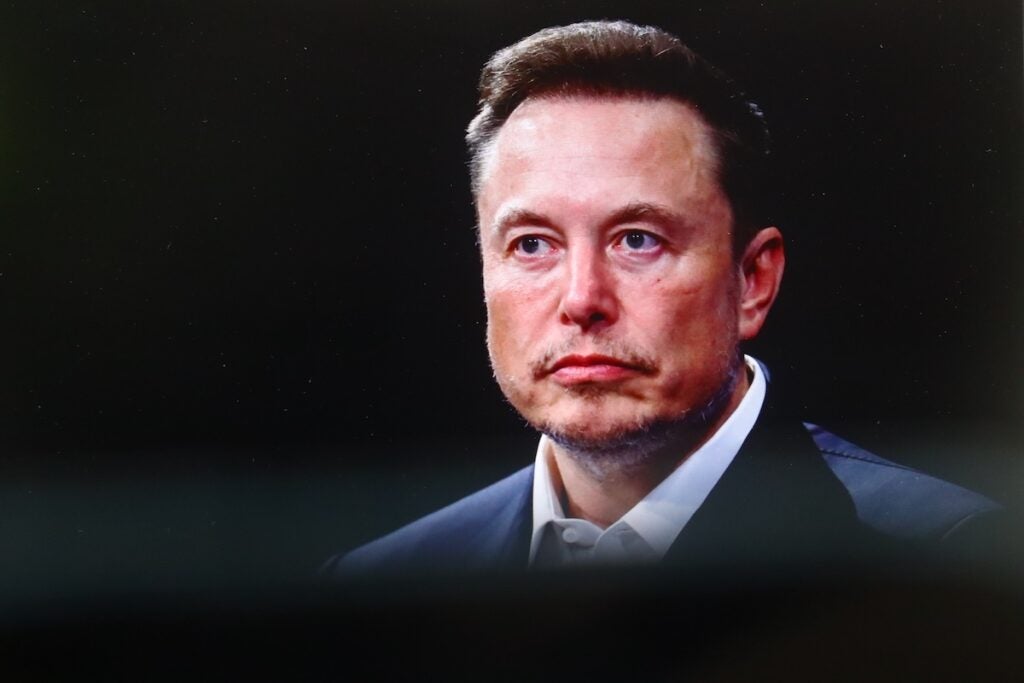Elon Musk Says ‘Failure Is Irrelevant Unless it’s Catastrophic’: Tesla CEO Explains His Take With Baseball – Tesla (NASDAQ:TSLA)
Elon Musk says failure is largely beside the point “unless it’s catastrophic,” casting setbacks as part of a portfolio of bets where only the overall “batting average” matters. His view, long central to how SpaceX and Tesla Inc. (NASDAQ:TSLA) iterate, came in response to a question about coping with missteps.
Elon Musk Explains His Failure Mindset
At a 2020 Air Warfare Symposium fireside chat, Musk answered a prompt from Gen. John F. Thompson, the then Commander of Space and Missile Systems Center, Los Angeles Air Force Base, California, stating, “I think of these things as just there’s a certain amount of time and within that time you want the best net outcome. So for all the set of actions you can do, there’s going to be some which will fail, some which will succeed and you want the net useful output of your set of actions to be the highest.”
Explaining what he meant in layman’s terms, he added, saying, “In baseball, it’s three strikes and you’re out. What you mostly care about is not any individual at-bat but the overall batting average. Failure is irrelevant unless it’s catastrophic.”
SpaceX Turns Setbacks Into Iterative Design Gains
That stance aligns with Musk’s long-stated belief that failure is a necessary option and a catalyst for invention. He has repeatedly argued that if nothing is breaking, the team isn’t pushing hard enough, “If things are not failing, you are not innovating enough,” he once said during a 2015 interview with Chris Anderson at the TED Conference.
SpaceX has operationalized that philosophy through rapid testing, learning and redesign, treating high-profile setbacks as data rather than dead ends. SpaceX’s Starship’s test flight failures over the years show how failures drove design changes and informed subsequent attempts, consistent with Musk’s risk-tolerant posture.
Risk Threshold Set, Stagnation Seen As Threat
Musk’s framing also sets an explicit boundary for acceptable risk that mistakes are tolerable so long as they don’t end the mission. That threshold of fast innovation and avoiding “catastrophic” error helps explain why SpaceX continues iterating after scrubbed launches and in-flight losses, while emphasizing safety and mission assurance as vehicles mature.
For Musk, the bigger danger is stagnation. Environments that rarely fail may be avoiding hard problems and slowing progress. His message to engineers and entrepreneurs is to be biased toward action, accept non-fatal setbacks and keep the “net useful output” rising.
Photo Courtesy: Photo Agency on Shutterstock.com
Read Next:


